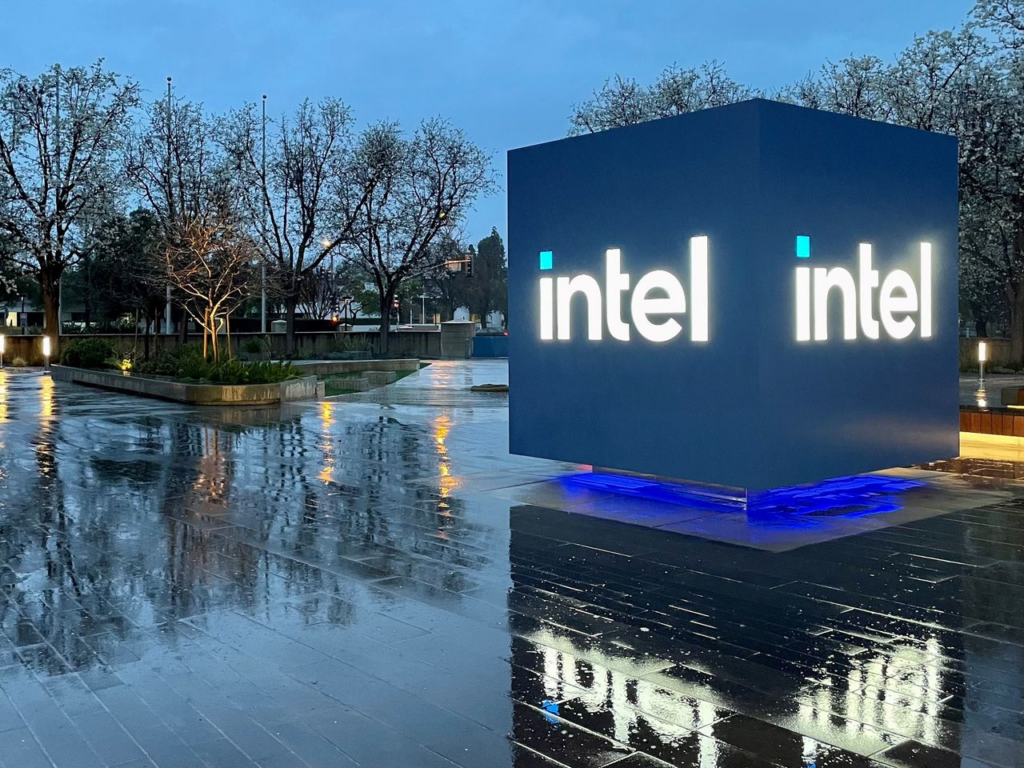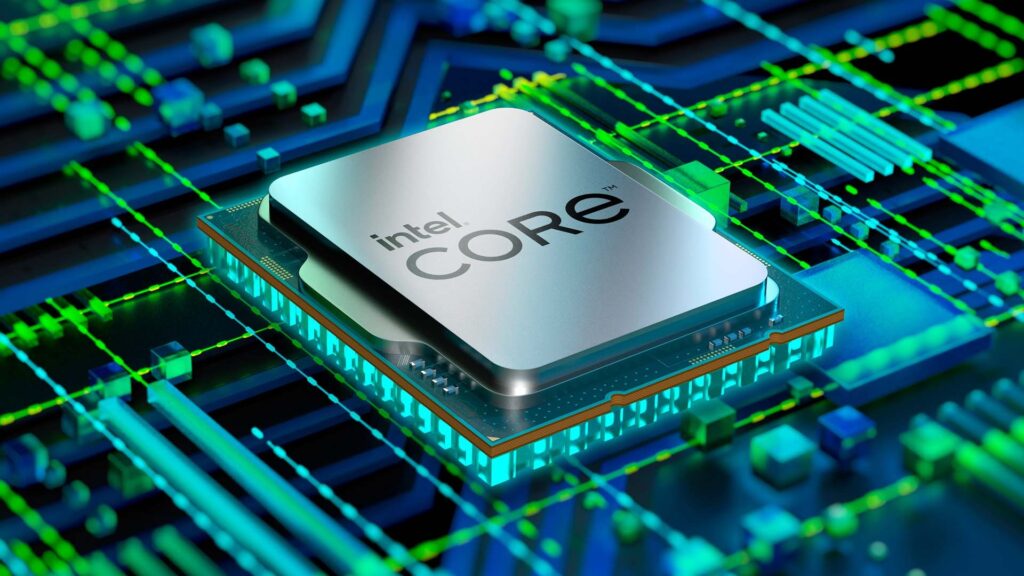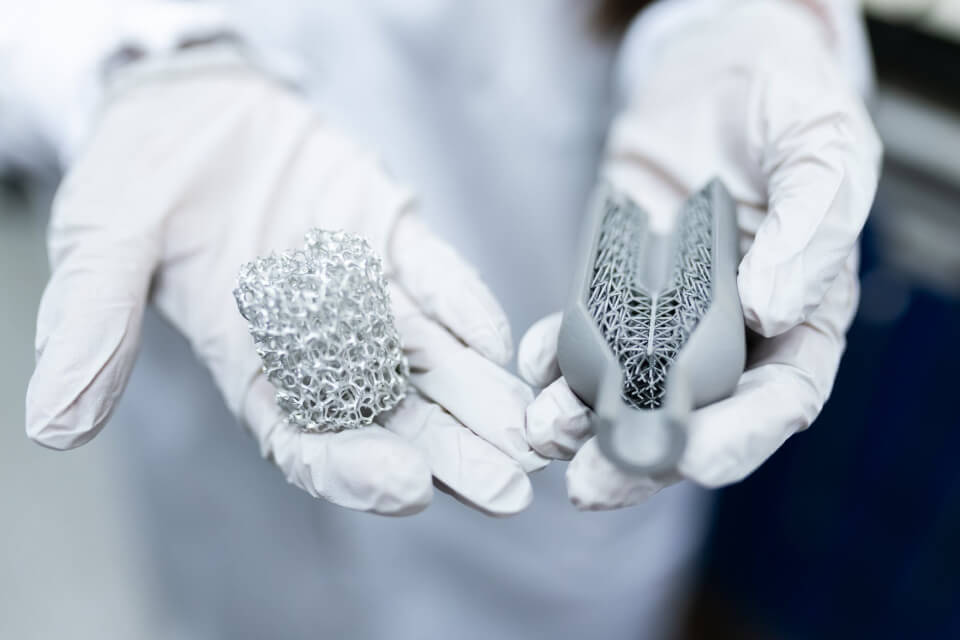
Introduction
In the realm of technology, one company has consistently pushed the boundaries of innovation – Intel. From its inception as a semiconductor manufacturer to its current status as a global tech leader, Intel has played a pivotal role in shaping the digital landscape. In this article, we will explore the history, impact, and contributions of Intel, highlighting its journey of revolutionizing the world of computing.
The Genesis of Intel
Founding the Silicon Giant
Intel’s story began in 1968 when two engineers, Robert Noyce and Gordon Moore, founded the company. Their vision was to create advanced semiconductors that could power the emerging computing industry. This vision laid the foundation for Intel’s future as a groundbreaking technology company.
Revolutionizing the Semiconductor Industry
Microprocessors: The Heart of Modern Computing
Intel’s most iconic contribution to technology is undoubtedly the microprocessor. In 1971, the company introduced the world’s first microprocessor, the Intel 4004. This tiny chip marked the beginning of a new era in computing, enabling the development of smaller, more powerful devices.
Moore’s Law: Driving Innovation Forward
Gordon Moore’s famous prediction, known as Moore’s Law, stated that the number of transistors on a microchip would double approximately every two years. This prediction has held true for decades, driving rapid advancements in computing power and performance.
Intel’s Impact on Computing
PC Revolution: Powering Personal Computing
Intel’s microprocessors played a pivotal role in the rise of personal computing. The Intel 8088 processor, used in the original IBM PC, laid the foundation for the widespread adoption of personal computers. Subsequent generations of processors continued to raise the bar for computing capabilities.
Multimedia and Connectivity: Expanding Horizons
Intel’s innovation extended beyond processing power. The introduction of the Pentium processor brought multimedia capabilities to PCs, enabling better graphics and audio. Additionally, Intel’s advancements in networking technology paved the way for improved connectivity and communication.
Intel Inside: A Global Brand
Marketing and Branding Success
The “Intel Inside” campaign, launched in 1991, revolutionized how consumers perceived computer hardware. By promoting Intel’s processors as a mark of quality and performance, the campaign transformed the company into a household name and solidified its reputation.
Diversification: Beyond Processors
While processors remain at the core of Intel’s business, the company has diversified its portfolio. It has expanded into areas such as data centers, Internet of Things (IoT) devices, and memory technologies, ensuring its relevance in a rapidly evolving tech landscape.
Challenges and Future Outlook
Competition and Technological Shifts
Intel has faced challenges from competitors and shifts in technology trends. The rise of mobile devices and ARM-based processors posed a new kind of competition. Additionally, the company grappled with manufacturing challenges that affected its ability to keep up with Moore’s Law.
Innovation and Adaptation
To address these challenges, Intel has invested in research and development to bring about innovations like 3D transistors and new manufacturing processes. The company’s ability to adapt and stay at the forefront of technology will determine its future success.
Conclusion
From its early days as a semiconductor manufacturer to its current status as a tech powerhouse, Intel’s journey has been marked by groundbreaking innovation. Its microprocessors have shaped the course of computing history, powering devices that have transformed the way we work, communicate, and live. As technology continues to evolve, Intel’s legacy of innovation will undoubtedly leave a lasting impact on the digital world.



